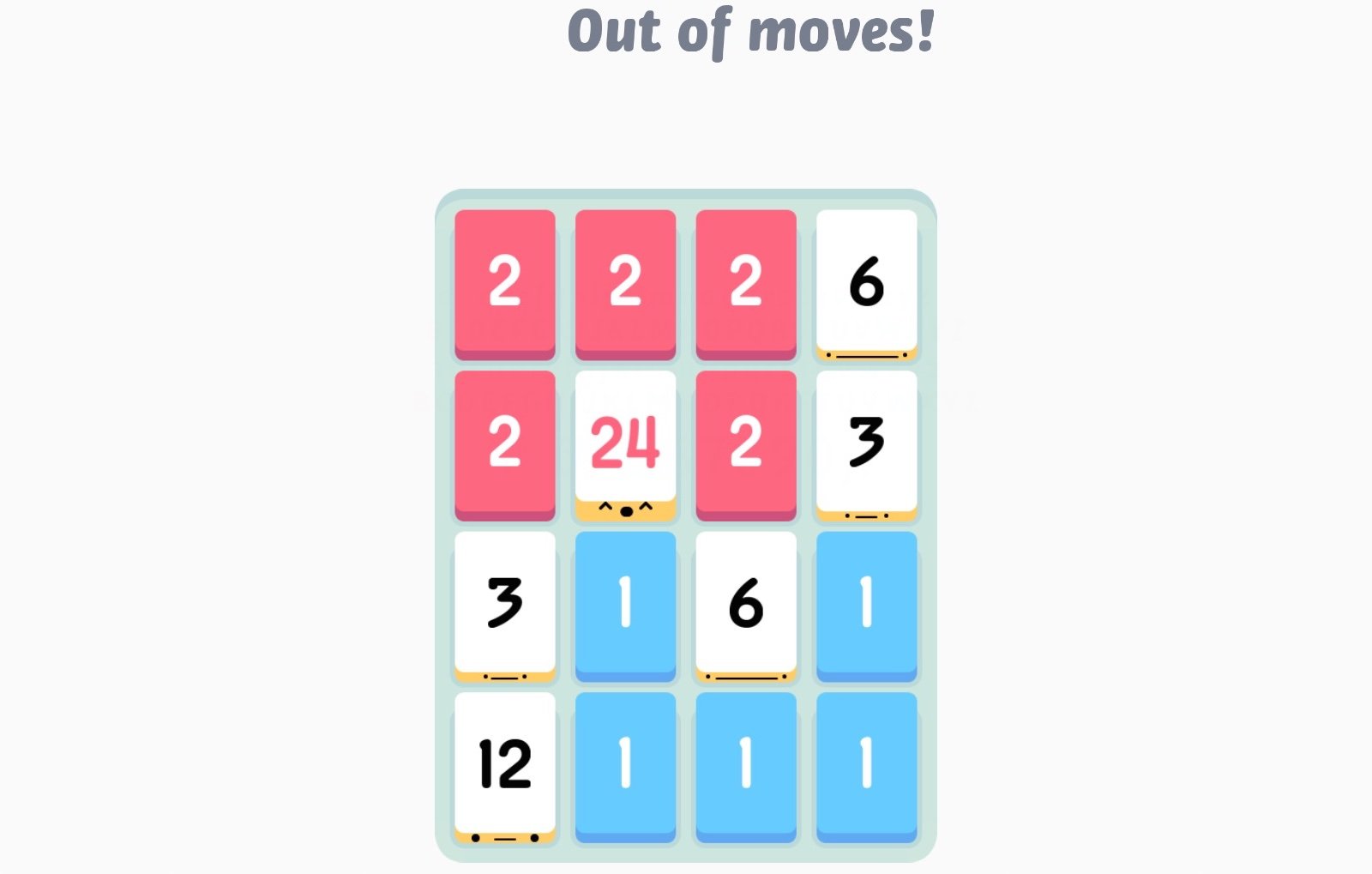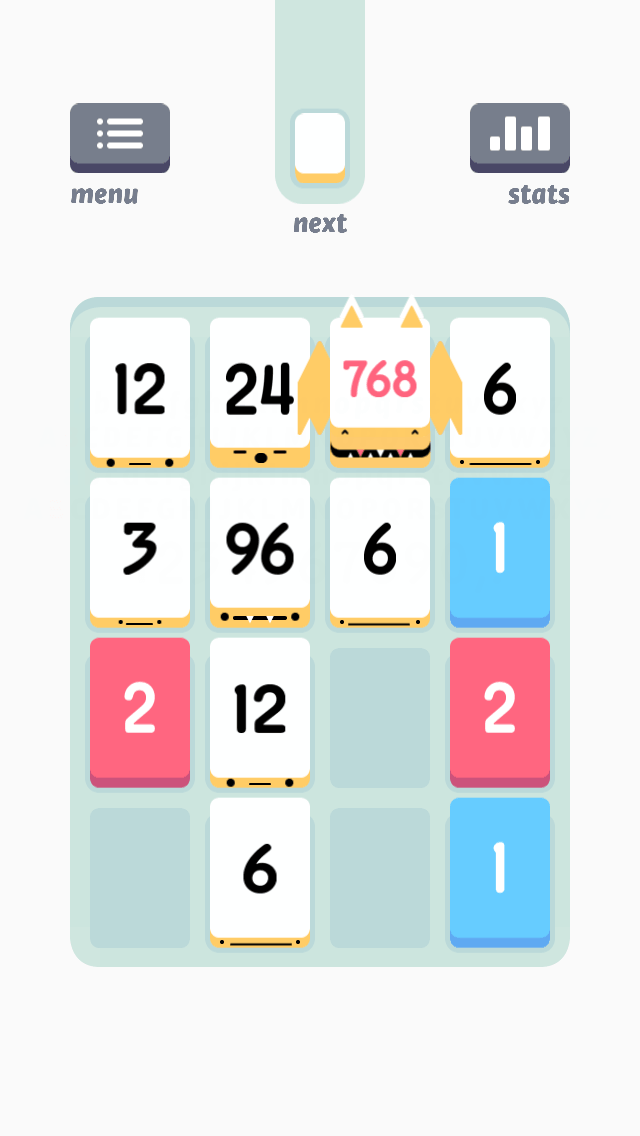The Corner Strategy in Threes! is a highly effective method for managing high-value tiles and maximizing your score. Here’s an in-depth look at this strategy and its key components:
1. Anchoring Your Highest Tile
The cornerstone of this strategy is to keep your highest tile a constant presence in one of the corners of the board. This ensures that it remains fixed and accessible for merging with adjacent tiles. By having your highest tile anchored, you not only stabilize your score potential but also simplify your options for future moves.
2. Controlled Swiping in Three Directions
To maintain control over the board and prevent your high tile from moving away from its corner, limit your swiping to three directions. By avoiding swipes that would displace your high tile from its corner, you create a “construction wall” that stabilizes your tile layout. This approach minimizes the chaos often associated with chasing matches across the board.
3. Consolidating High-Value Tiles
Rather than blindly pursuing matches, focus on keeping your high-value tiles in close proximity while managing the smaller tiles. This consolidation not only enhances the potential for future merges but also helps clear space on the board, which is crucial for maintaining a fluid game.
4. Avoiding Checkerboarding
Preventing a checkerboard pattern—that is, the alternation of high and low-value tiles—ensures that tiles are not isolated from each other. An effectively checkerboarded board can create merging obstacles, making it harder to combine tiles when opportunities arise.
5. Implementing the Slow Slide Technique
Before making definitive moves, visualize where your tiles will end up by using the “slow slide” technique. This mental exercise allows for better decision-making, helping to foresee the potential outcomes of your swipes and preserving the integrity of your board structure.
6. Optimal Tile Organization
The Corner Strategy is recognized for organizing high tiles efficiently, thereby increasing merging potential in future turns. By ensuring that your tiles are not just randomly placed but thoughtfully situated, you can craft an advantageous setup that supports higher scoring as the game progresses.
Conclusion
While there are variations to the Corner Strategy, such as avoiding specific swipes or creating merge chains, the overall principle remains focused on stability and controlled movement. By utilizing this approach, players can significantly enhance their gameplay experience in Threes!, paving the way for higher scores and successful tile merging. This strategic framework not only simplifies decision-making during play but also contributes to a more enjoyable game overall.






Leave a Reply